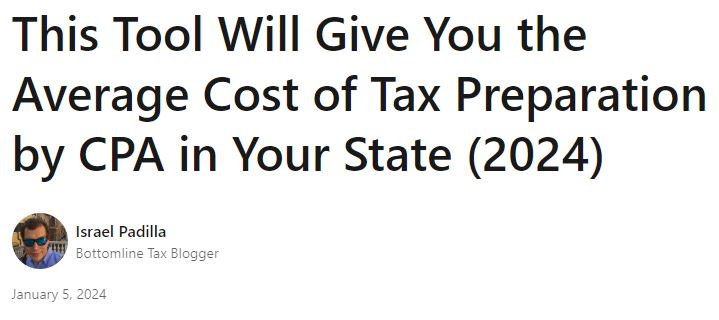Where’s My Amended Tax Refund? – Many get this wrong
September 24, 2023
Where’s My Amended Tax Refund?
| What Not to Do When Filing an Amended Return |
| Common Issues with Amended Tax Refunds |
| Tips for Faster Processing of Amended Tax Refunds |
| When Not to File an Amended Return |
Here’s a summary of the steps to check the status of your amended tax return:
- Visit the Internal Revenue Service (IRS) website.
- Navigate to the “Where’s My Amended Return?” tool.
- Enter your Social Security Number, date of birth, and ZIP code.
- The tool will provide you with a status update.
Please note that it can take up to 3 weeks after you’ve mailed your amended return for it to show up in the IRS system, and processing it can take up to 16 weeks. If you’re unable to access certain amended returns with the tool, refer to the frequently asked questions on the IRS website for more information. You can also call the amended return hotline at 866-464-2050.
Remember, IRS telephone assistors won’t have any additional information about your amended return while it’s processing. So, it’s recommended to call their toll-free number only when the tool asks you to contact them.

What NOT to Do When Filing an Amended Return
If you made a mistake on your original tax return, you might need to file an amended return to correct it. However, there are some things you should avoid doing when filing an amended return, such as:
- Filing multiple amended returns for the same year. This can cause confusion and delays in processing your refund. You should wait until you receive your original refund before filing an amended return.
- Filing an amended return electronically. The IRS does not accept e-filed amended returns. You must mail your Form 1040-X, Amended U.S. Individual Income Tax Return, along with any supporting documents.
- Expecting a fast refund. It can take up to 16 weeks for the IRS to process your amended return. You can check the status of your amended return online using the Where’s My Amended Return? tool or by calling 866-464-2050.
Common Issues with Amended Tax Refunds
Some of the common issues that can affect your amended tax refund are:
- Missing or incorrect information. Make sure you fill out your Form 1040-X correctly and include all the necessary information, such as your Social Security number, date of birth, zip code, and the tax year you are amending.
- Math errors. Double-check your calculations and make sure they match the figures on your original return and any supporting forms or schedules.
- Delays due to coronavirus. The IRS is experiencing processing delays due to the coronavirus pandemic. It may take longer than usual for them to process your amended return and issue your refund.
Tips for Faster Processing of Amended Tax Refunds
While you cannot e-file your amended return or speed up the processing time, there are some tips you can follow to get your amended tax refund faster, such as:
- File your amended return as soon as possible. The sooner you file, the sooner you will get your refund. You have three years from the date you filed your original return or two years from the date you paid the tax, whichever is later, to file an amended return.
- Use direct deposit. If you are expecting a refund, you can choose to have it deposited directly into your bank account instead of receiving a paper check. This can save you time and money.
- Avoid peak times. The IRS receives more amended returns during certain times of the year, such as after the tax filing deadline or during the holiday season. If you can, try to file your amended return during off-peak times to avoid delays.
When NOT to File an Amended Return
Not every mistake on your tax return requires an amended return. In some cases, the IRS will correct minor errors for you, such as math errors or missing forms. You also do not need to file an amended return if you forgot to attach certain documents, such as W-2s or 1099s. The IRS will request them from you if they need them.
However, you should file an amended return if you need to change your filing status, income, deductions, credits, or tax liability. For example, if you received a corrected Form 1099 or W-2 after you filed your original return, or if you qualified for a new tax credit or deduction, you should file an amended return to claim it.
Here are some numerical examples of when you should and should not file an amended return:
| Scenario | File an Amended Return? |
| You made a math error on your original return and reported your income as $50,000 instead of $60,000. | Yes |
| You forgot to attach your Form 1098-T, Tuition Statement, to your original return. | No |
| You filed your original return as single, but later realized you were eligible to file as head of household. | Yes |
| You received a $500 stimulus payment in 2023 based on your 2022 income, but you were eligible for a $600 payment based on your 2023 income. | Yes |
| You transposed two digits on your bank account number and your direct deposit was rejected. | No |
I hope this article outline helps you understand where’s your amended tax refund and how to get it faster. Thanks for reading!
